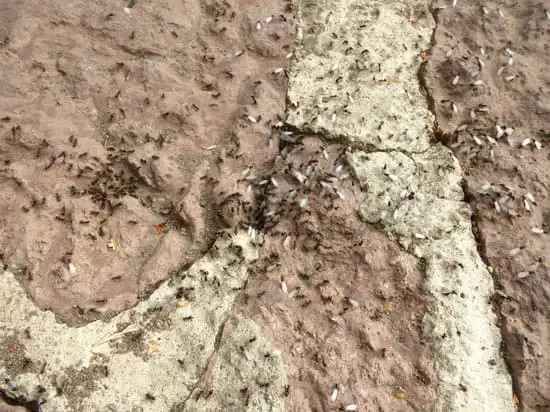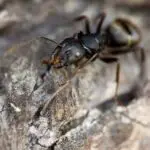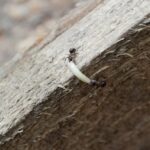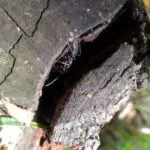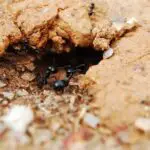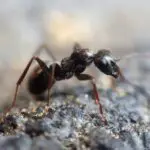How Do Ants Call For Help?
During the course of their lives, ants use chemical, sound and touch to communicate. Scientists are working to decipher the sounds ants make. These sounds can be important in ants’ development, as they provide information about the individual. Some ants also use vibration to communicate.
Ants also use chemical pheromones to communicate. When a nest is threatened, ants emit pheromones to alert other ants. Other ants can follow the pheromone trail and guage where the cry for help is coming from.
In addition to pheromones, ants communicate through sound and touch. Some ants make a small rattling noise that can sound an alarm to nearby ants. Others make a noise to attract a mate.
Some species of ants can drum their mouth-parts to make a vibration. Other ants can feel vibration with hair-like organs on their legs.
Some species of ants use chemical signals to signal when they are injured. These signals include dimethyl trisulfide, which signals other ants to carry the injured ant back to the nest. In addition, some ants have a special organ called the crop, which tells other ants what their job is.
Ants have a close sense of community. They work together to protect their nests. For instance, leafcutter ants drum vibrations on leaves to let their colonymates know that leaf pieces are ready. Similarly, Army ants have underground cemeteries where they store their dead.
In addition, some species of ants can use chemicals to signal the presence of food. These chemicals are released in a chemical trail when ants are foraging.
